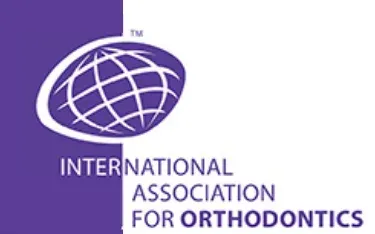December’s Tip

Prefabricated Posted and Keyhole/Mushroom Looped Arch Wires – What is it All About? Part III Keyhole Looped Arch wire
By Dr. Adrian J. Palencar, MUDr, MAGD, IBO, FADI, FPFA, FICD
December 2021
As the author’s learning progressed, he embraced the Keyhole Looped arch wire (twin loop design) SS a .019x.025 in a .022 slot. It has similar functions as the Posted Arch wire. However, it is simpler, with numerous advantages:
- Activation is achieved by pulling the arch wire distally, annealing the end of the arch wire, and placing a crisp bend-back (IAO Monthly Tip, May 2021). No Pletcher Spring or Tie-back is required.
- Keyhole Loops are fabricated distally to lateral incisors. Therefore, by activating the loop the Orthodontic Clinician may:
- Intrude incisors
- Extrude incisors
- Increase the labial moment (torque) on incisors
- Decrease the labial moment (torque) on incisors
Increasing the torque on incisors in the maxilla is essential with segmental space closure (i.e. if there are spaces distally to lateral incisors). Retracting the incisors bodily and maintaining the torque requires 10:1 moment to force ratio, i.e. 50 grams of retraction requires 500 grams of labial moment – tip back/torque. (IAO Monthly Tip, February 2021).
This is easily achieved by manipulating (opening) the Keyhole Loops with Tweed Loop forming pliers, turned upside down.

Activation in the sagittal plane (retraction and protraction) is done by pulling the arch wire distally and placing crisp bend-back (cinch) at the end of the wire. The goal is to open the Keyhole Loops no more than 1.0 mm per month (measured from the starting point after activating the loops). When the space in the loops will stay the same for 1 – 2 months, all spaces are closed. No further activation in the sagittal plane is needed.

References:
- Bennett J.C., Mc Laughlin R.R. Orthodontic Treatment Mechanics, and the Preadjusted Appliance; 184 – 187
- Palencar A.J., Case Finishing, Rondeau Seminars; 143 – 145
- Cerum OrthoOrganizers Catalogue; 149
